The Audi Concept C Is Part Of A Long-Overdue Shift In Car Design
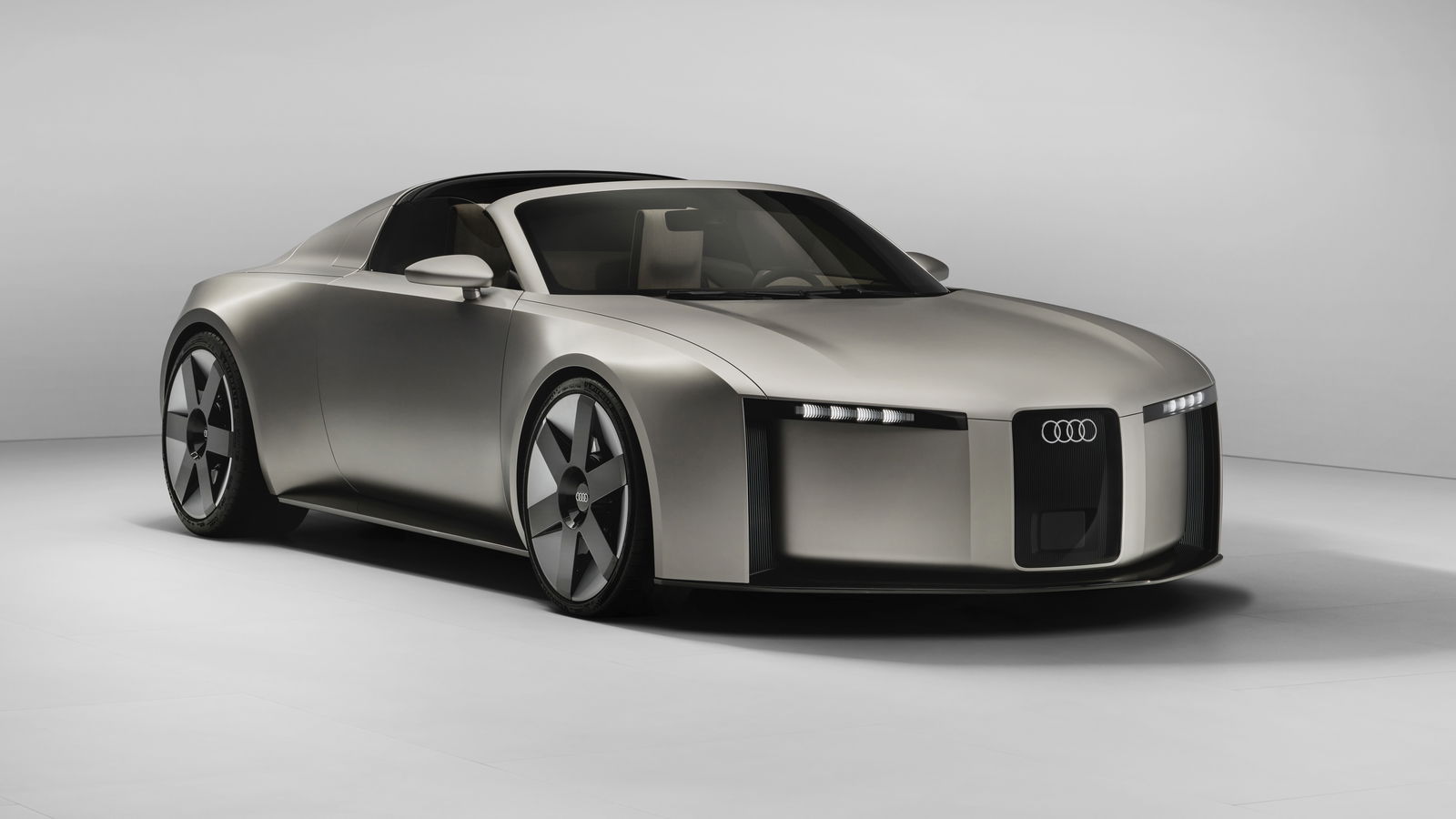
I’d like to talk about architecture for a minute. Bear with me. Specifically, I’d like to talk about brutalism, the style that emerged in Europe in the mid-’50s that stripped back embellishment and ornament to emphasise surfaces and raw materials. For years, it’s been a style maligned and misunderstood by the public, but that appears to be changing.
There’s a growing preservation movement around it, you can do brutalist walking tours of major cities, and it was even the underlying subject of a recent Oscar-bait film starring Adrien Brody. What’s this got to do with cars, other than the fact that Brody likes Porsches?
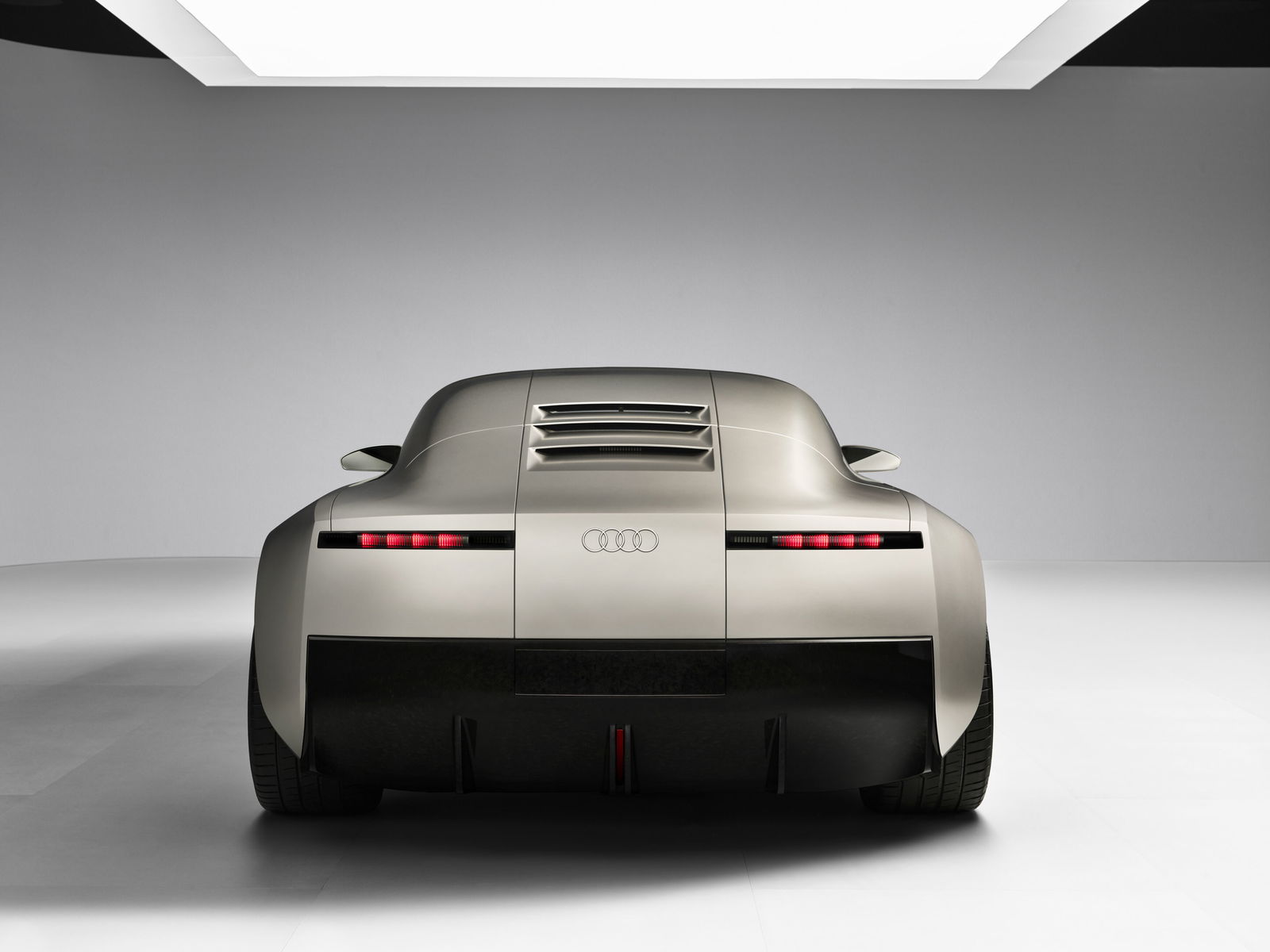
Well, look at these pictures of the freshly-revealed Audi Concept C. The upright surfaces, the lack of any unnecessary creases or angles, the way everything’s been stripped back to a raw form. Car designers and architects alike will baulk at me conflating their very different professions, but I’ll put my neck on the line: this is automotive brutalism.
Audi’s press release says as much without using the B word: the Concept C, it says, “demonstrates radical simplicity”, has a “monolithic shape”, and the interior has “strong architectural surfaces.” Need I say any more? This is the Southbank Centre on wheels.
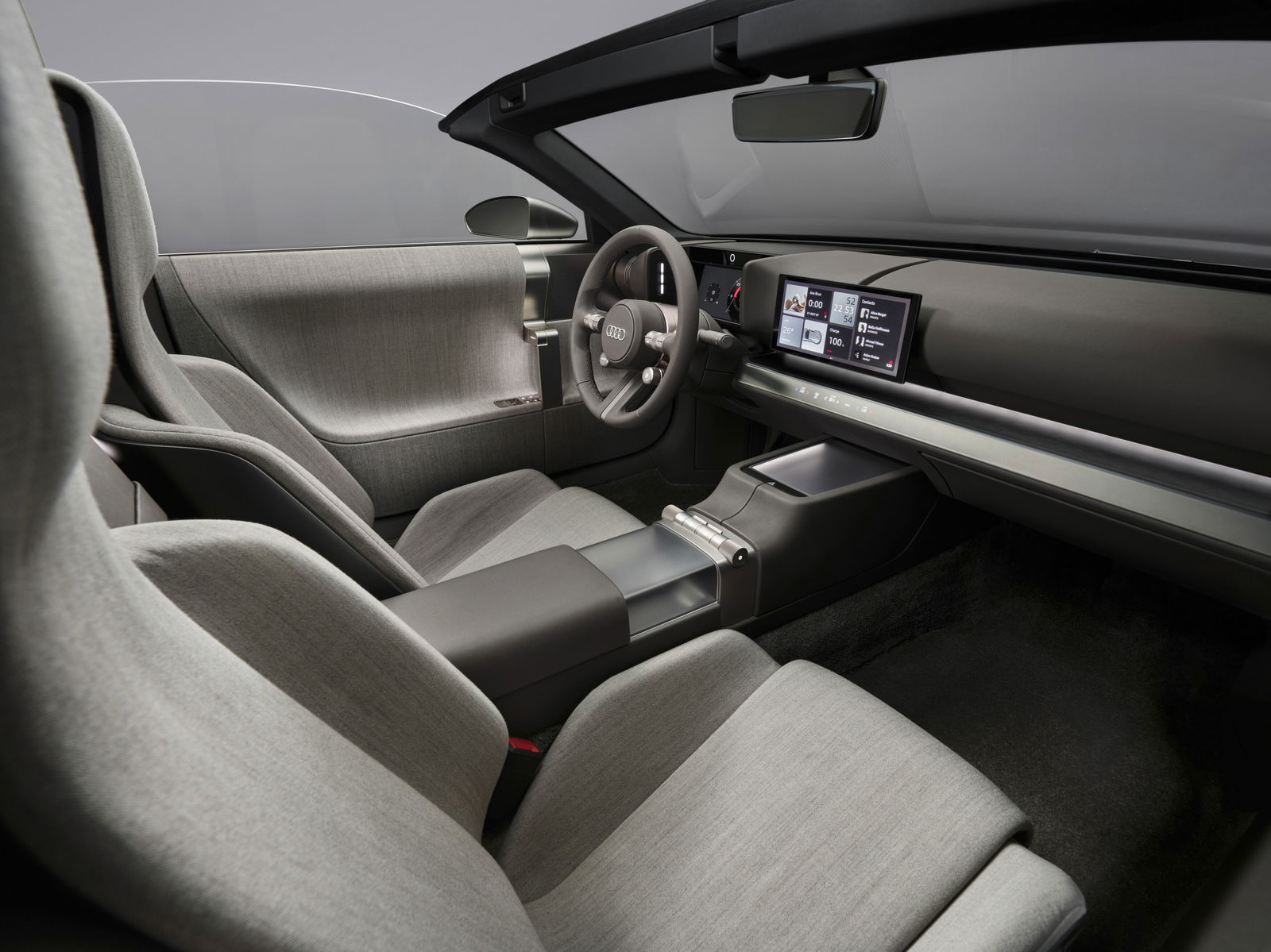
It’s easy to see why, too. For the last couple of decades, Audi’s designs have steadily been getting more and more complex. Look at the cleanliness of the original R8 from 2007 versus the smorgasbord of vents and slashes the car had morphed into by the time it went out of production last year. Look at the new A6, with its gaping grille, pointy lights and crease-covered surfaces.
It was clear something had to give. That’s what Audi says the Concept C is supposed to represent – it’s a bit of a design reset, one that “embodies the brand’s new design philosophy.”
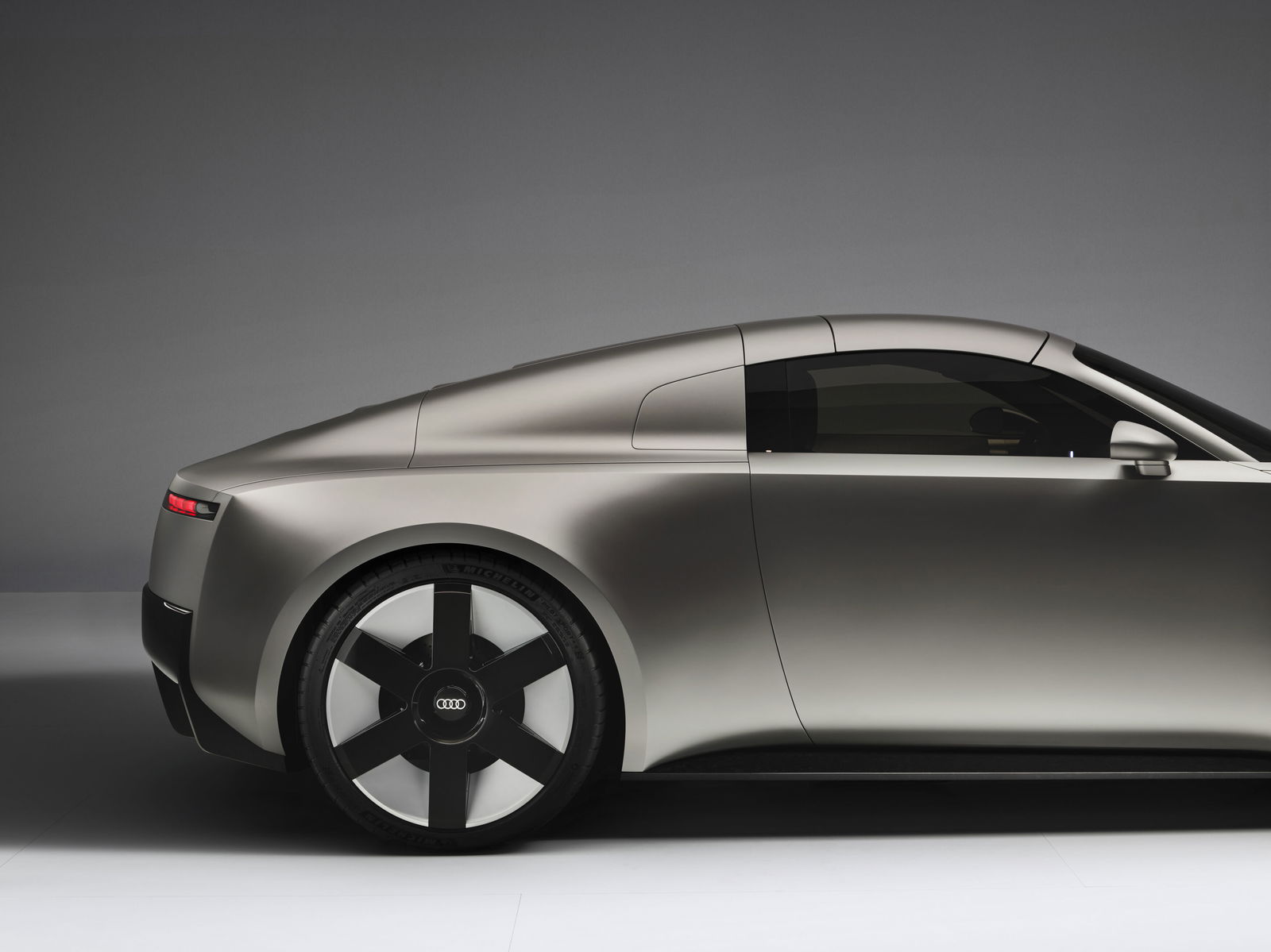
It’s not just Audi, either. The Concept C is already drawing comparisons to another concept revealed in the last 12 months – the Jaguar Type 00. Even more so than the Audi, it was designed to reflect a totally new design language for its manufacturer, and like brutalist architecture, it’s divisive (although I can’t help but feel that the Jag’s divisiveness stems more from the accompanying rebrand than the design itself).
Both these concepts’ designs, say their manufacturers, will trickle down onto their road cars in the coming years, signalling a growing shift away from the creases, slashes and unnecessary ornaments that have been increasingly dominating car design over the last 15 years or so.
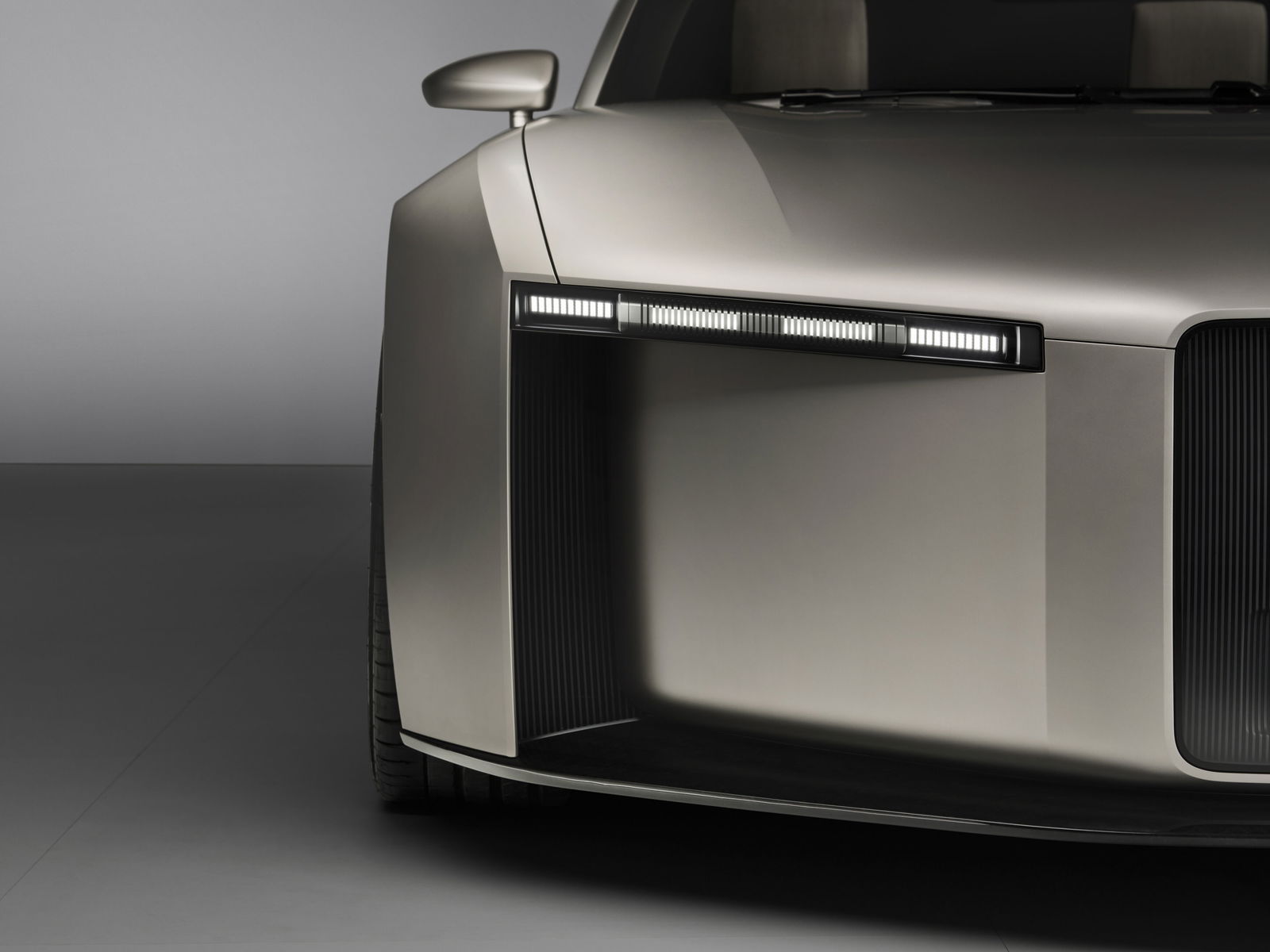
Do two concepts really signal a total 180 in an entire industry’s design language, though? Not on their own, obviously, but it’s not just Audi and Jag. One of the worst offenders for overcomplicated design in recent years has been BMW, cars like the XM exemplifying many different parts making an incoherent whole.
It too, though, is preparing to shift away from this. While not as dramatically clean and raw as the Jag or Audi, its Neue Klasse concepts – the first production version of which we’re just days from seeing – send a clear message: “Yeah, we know things have been getting a bit silly.”
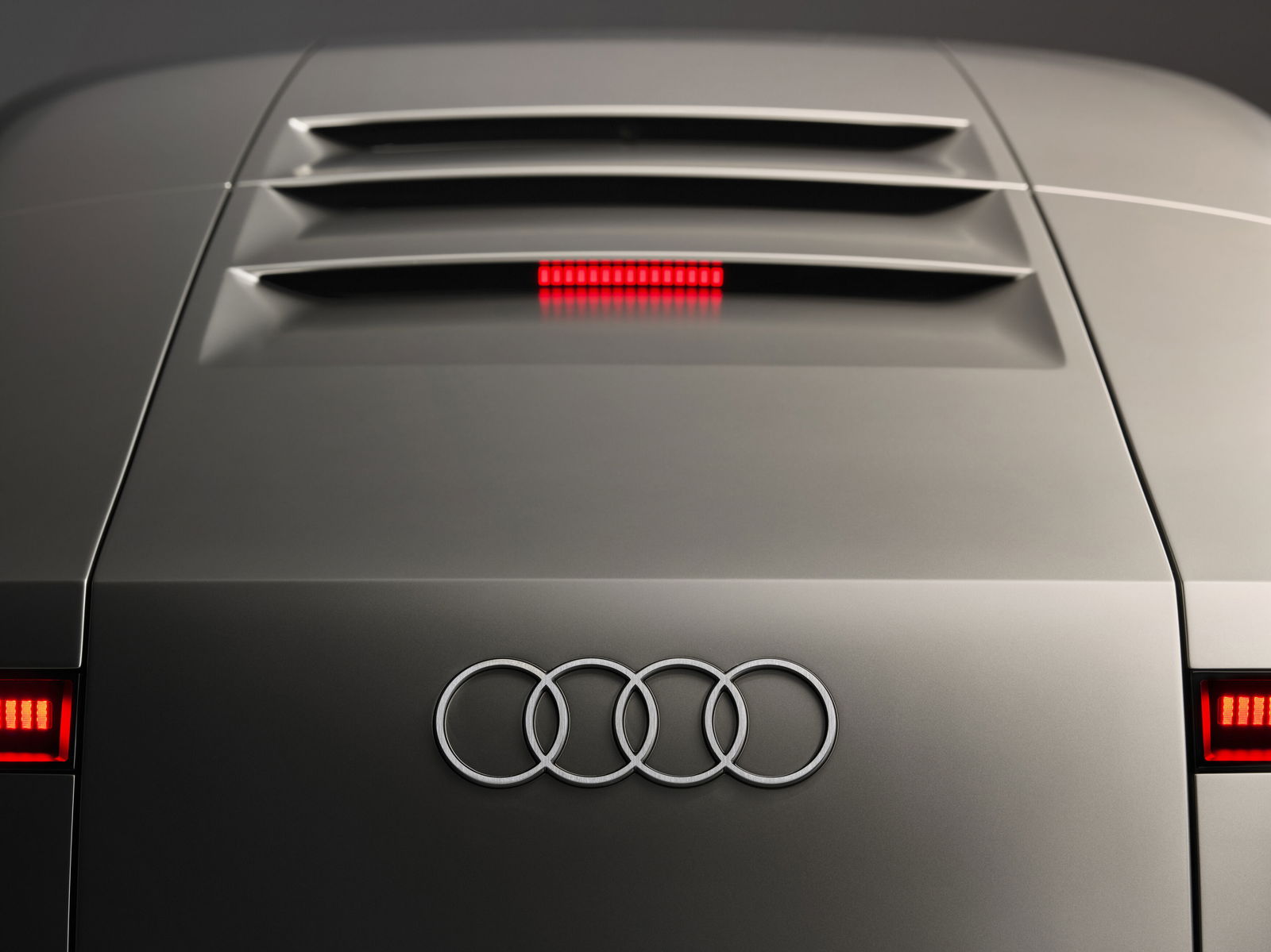
It’s been going on for a while, too. The FK8 Honda Civic Type R was rightly lauded as a phenomenal hot hatch, but met with criticism for its OTT, Max Power styling. It was a deliberate move with the subsequent FL5 to strip that back, and while it’s still hardly subtle, the difference is stark.
Frankly, it’s about time. Together with cars like the upcoming VW ID1 and Renault Twingo bringing clean, friendly styling back to the world of small cars, it seems like bigger, more expensive cars will soon be eschewing sheer aggression for bold but clean minimalism. Perhaps, like so many of the brutalist buildings that clearly inspire them, some people will find them hard to swallow at first, but I doubt it’ll be long before we look back at late 2010s and early 2020s car design and wonder what the heck took us so long.





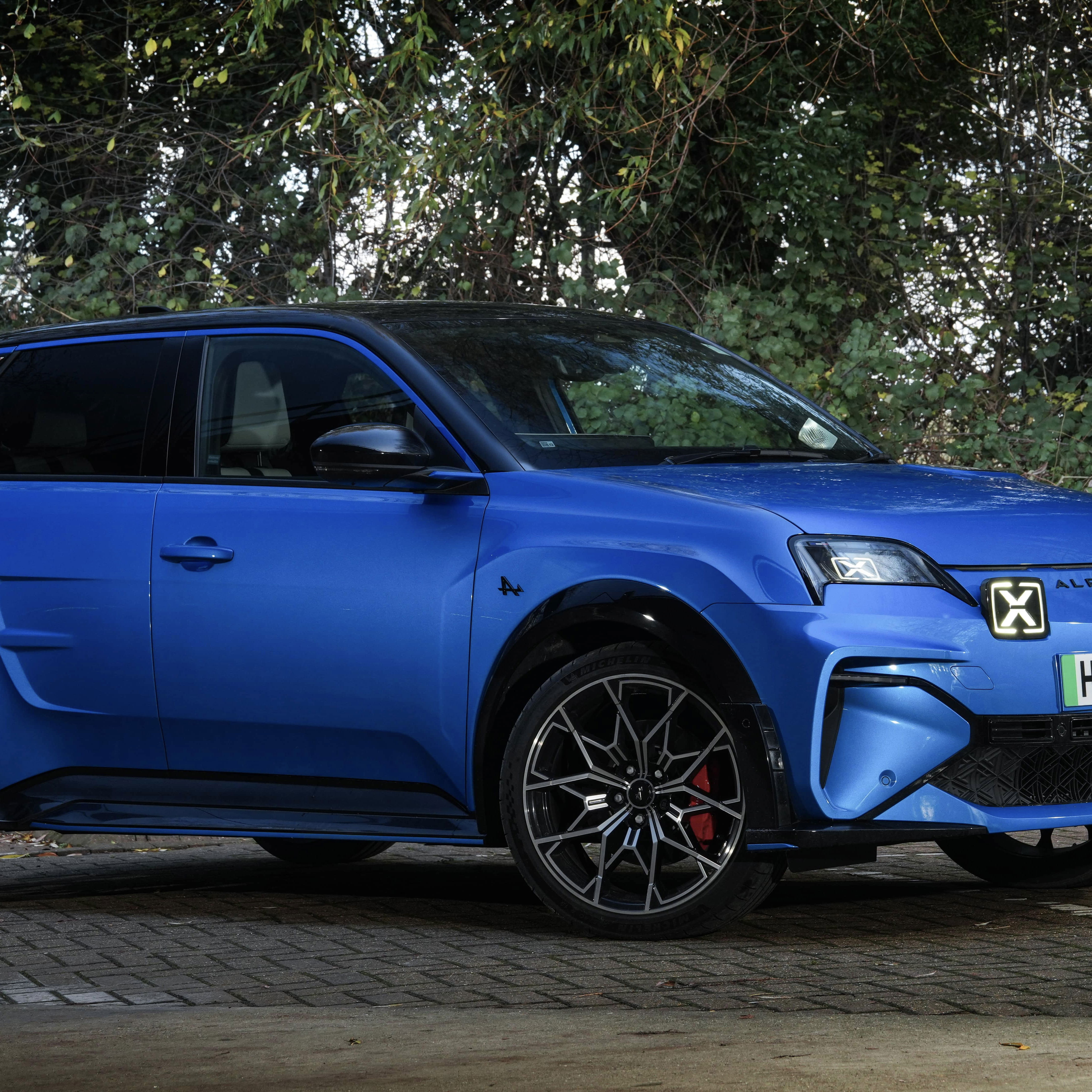









Comments